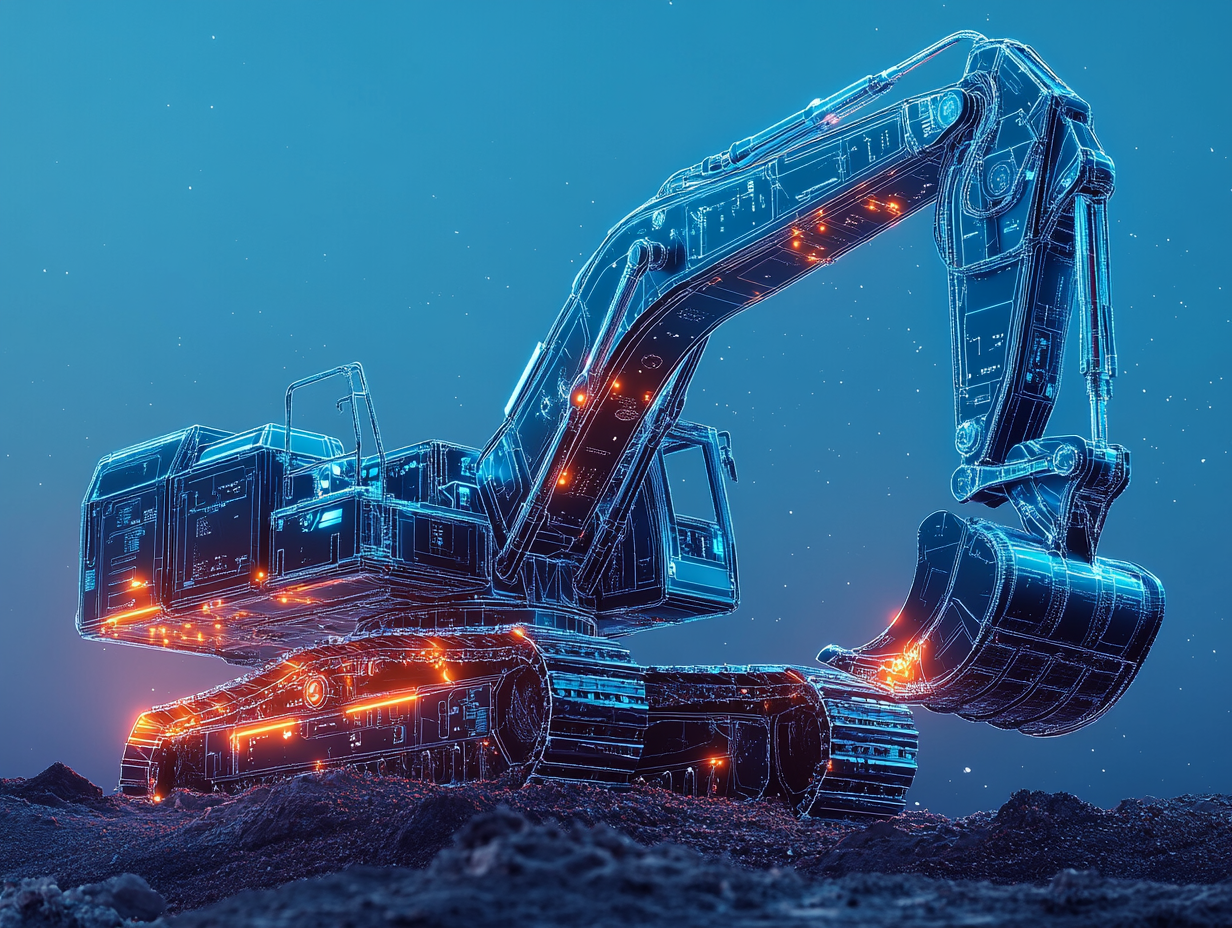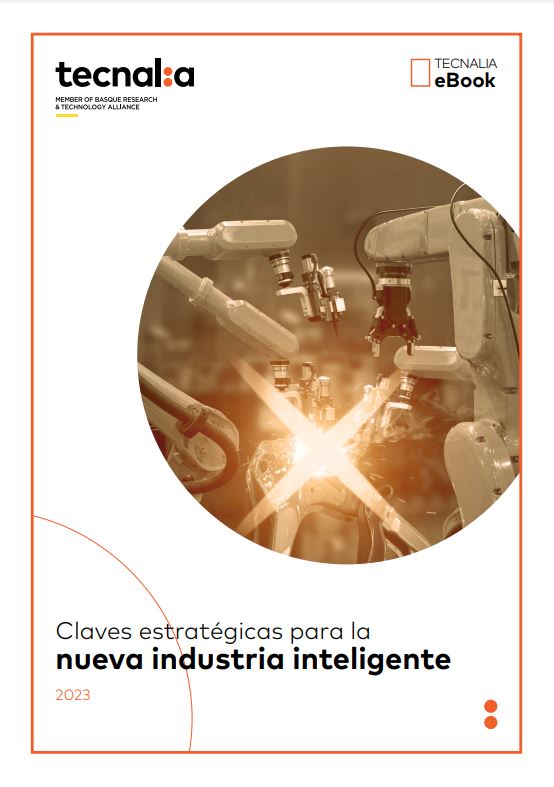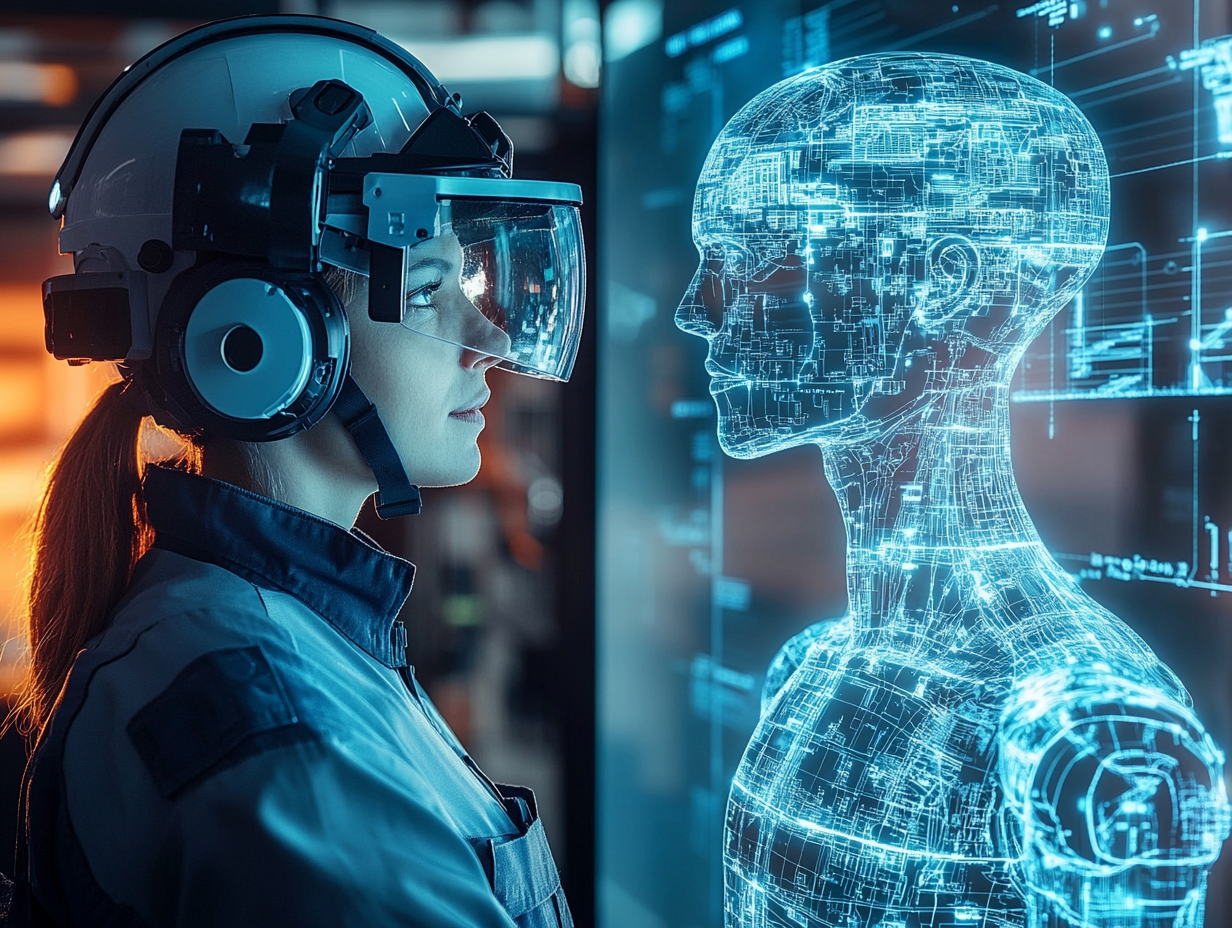To achieve flexibility in automation, we rely on robots, devices, vehicles, or any automated system. We provide it with sensors so that it can perceive its environment, computational, reasoning, and control capabilities so that it can understand and make decisions about the actions to be taken. All of this results in the acquisition of the ability to act in the world.
The major technological leap now lies in the ability of these flexible automated systems to adapt to changing environmental and process conditions. Artificial Intelligence is at the core of these new capabilities, both to perceive and model the world, and to learn new actions by imitation, or trial and error. Also, to decide which is the best action to execute given the current context.
The aim is for the robot, vehicle, or mechatronic system to “find its own way”, to adapt to changes without the need for an operator to re-programme every stage and detail.



